Eyeballing
the
Washington DC-Area Natural Gas Facilities
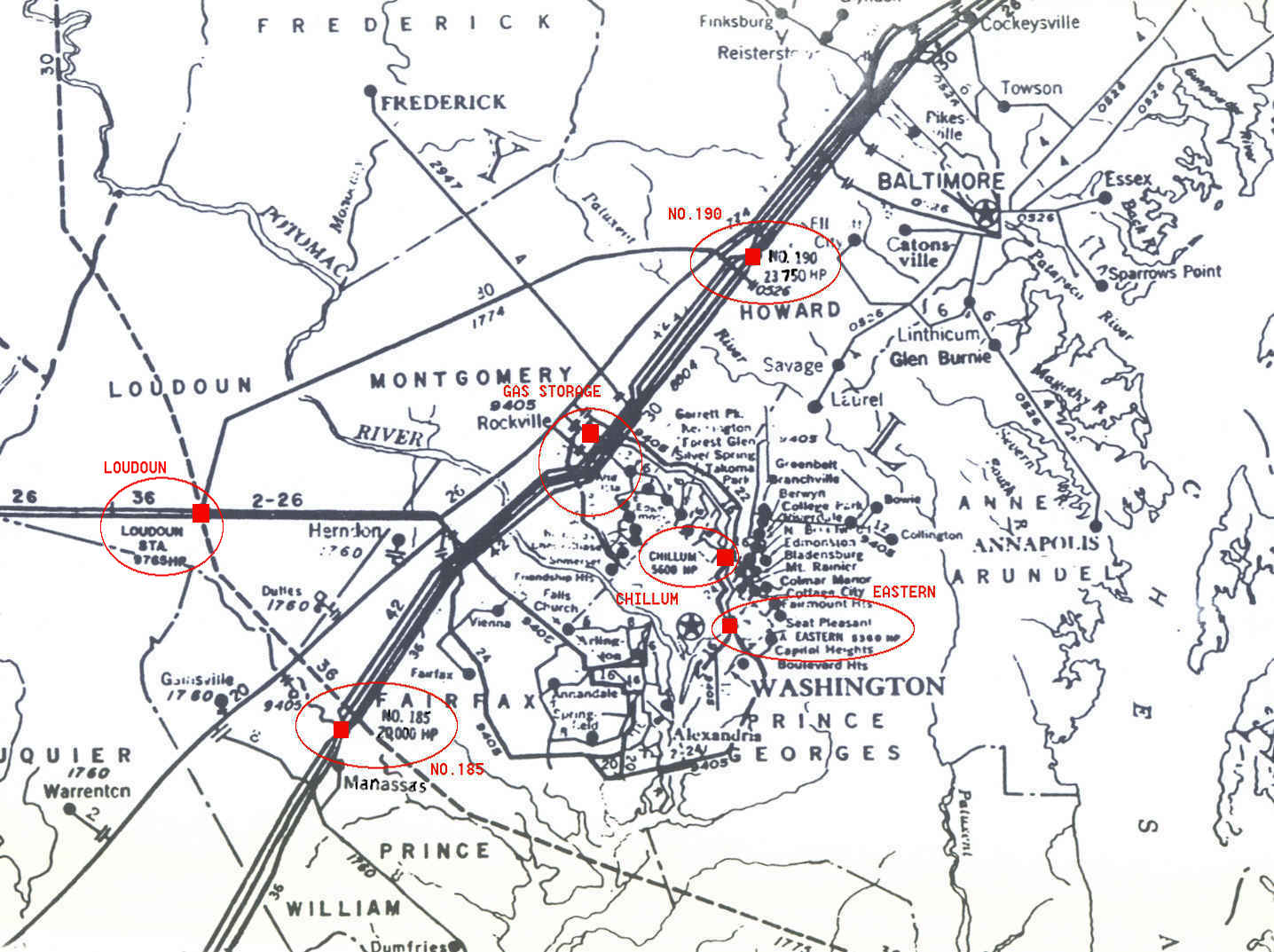

|
This file is available on a Cryptome DVD offered by Cryptome. Donate $25 for a DVD of the Cryptome 10-year archives of 35,000 files from June 1996 to June 2006 (~3.5 GB). Click Paypal or mail check/MO made out to John Young, 251 West 89th Street, New York, NY 10024. Archives include all files of cryptome.org, cryptome2.org, jya.com, cartome.org, eyeball-series.org and iraq-kill-maim.org. Cryptome offers with the Cryptome DVD an INSCOM DVD of about 18,000 pages of counter-intelligence dossiers declassified by the US Army Information and Security Command, dating from 1945 to 1985. No additional contribution required -- $25 for both. The DVDs will be sent anywhere worldwide without extra cost. | |||
30 January 2006. Add colored aerial photos of Transco Station No. 190 and birdseyes to Eastern Station, Chillum Station, and Westmore Station.
3 September 2004. One of the Eyeball series.
Maps from Mapquest.com
Source of photos:
Terraserver-USA and
USGS Seamless.
Department of Energy
Strategic Center for Natual Gas and Oil
Office of Natural Gas
Transmission, Distribution and Storage:
http://www.netl.doe.gov/scngo/Natural%20Gas/index.htmlDelivering natural gas is an enormous enterprise. The majority of the natural gas consumed in the United States is produced at remote sites. It must then be transported to consumers through more than 1.4 million miles of transmission pipelines, vast storage reservoirs, and thousands of compressors that must all be efficient and reliable. The Natural Gas Reliability Program (implemented by the Strategic Center for Natural Gas and Oil (SCNGO)) is the Department of Energy program dealing with the issues associated with efficient and reliable gas transmission, distribution and storage.
Transmission and Distribution
http://www.netl.doe.gov/scngo/Natural%20Gas/TD&S/T&D/index.html
Approximately 1.3 million miles of pipelines now supply natural gas to over 175 million industrial, commercial, and residential customers. The volume of gas delivered through this system is projected to increase. More households and businesses will use natural gas, and the generation of electric power will consume a large share of forecasted market increases. The integrity of this pipeline - compressor system must be maintained and enhanced. Advanced delivery systems must be developed to meet the large projected increases in natural gas usage. The National Energy Technology Laboratory’s Strategic Center for Natural Gas and Oil will foster the technologies needed to ensure the integrity and operational reliability of the nation’s critical gas transmission and distribution network as it adapts to rapidly-changing natural gas markets.
Storage
http://www.netl.doe.gov/scngo/Natural%20Gas/TD&S/Storage/index.html
[Excerpt]
The consumption of natural gas varies day-to-day and month-to-month. Weather and the demands of electric power generation translate into usage fluctuations. Seasonally the fluctuation is as much as 50%, and short term it can be even more variable. Exact timing, location, and volume of peak demand is unpredictable. Since natural gas is not produced in a way that corresponds to these fluctuations, surplus gas is pumped during slumps in usage into numerous storage facilities for use during inevitable surges in consumption. This allows continuous service even when production or pipeline transportation services can not meet demand.
http://www.williams.com/about/features/083004_steps.asp
Williams takes steps to ensure pipelines remain secureThe issue of pipeline security has been an increasingly popular topic lately, particularly in light of the Republican National Convention which takes place in New York City this week.
Some of this attention has focused on the Transco pipeline, which serves the New York City metro area, and the steps Williams is taking to keep its pipeline facilities secure.
“Working closely with local law enforcement, the FBI and the Department of Homeland Security, Williams has taken steps to increase the level of physical and operational security in the New York City area,” said Doug Whisenant, senior vice president of Williams’ gas pipeline unit.
Since Sept. 11 Williams has worked closely with the Department of Homeland Security in developing industry guidelines, conducting risk assessments and implementing security measures.
Randy Barnard oversees Williams’ gas pipeline operations. He says that in a post-Sept. 11 world, pipeline safety has taken on an entirely new meaning.
“Before Sept. 11, pipeline safety meant increasing visibility so that you could prevent third-party damage to facilities,” said Barnard. “That is still important, but today we also have to balance public education with protecting our facilities from criminal activity.”
Williams Company Gas Pipeline Asset Map
http://www.williams.com/productservices/gaspipelines/assetmap.asp
|
| Source: Hardcopy, National Gas Pipeline Atlas,
Federal Energy Regulatory Commission,
1982.
|
| Transco Natural Gas Compressor Station No. 185, near Manassas, VA. 20,000 HP in 1982. |
 |
| Transco Natural Gas Compressor Station No. 185, near Manassas, VA. |
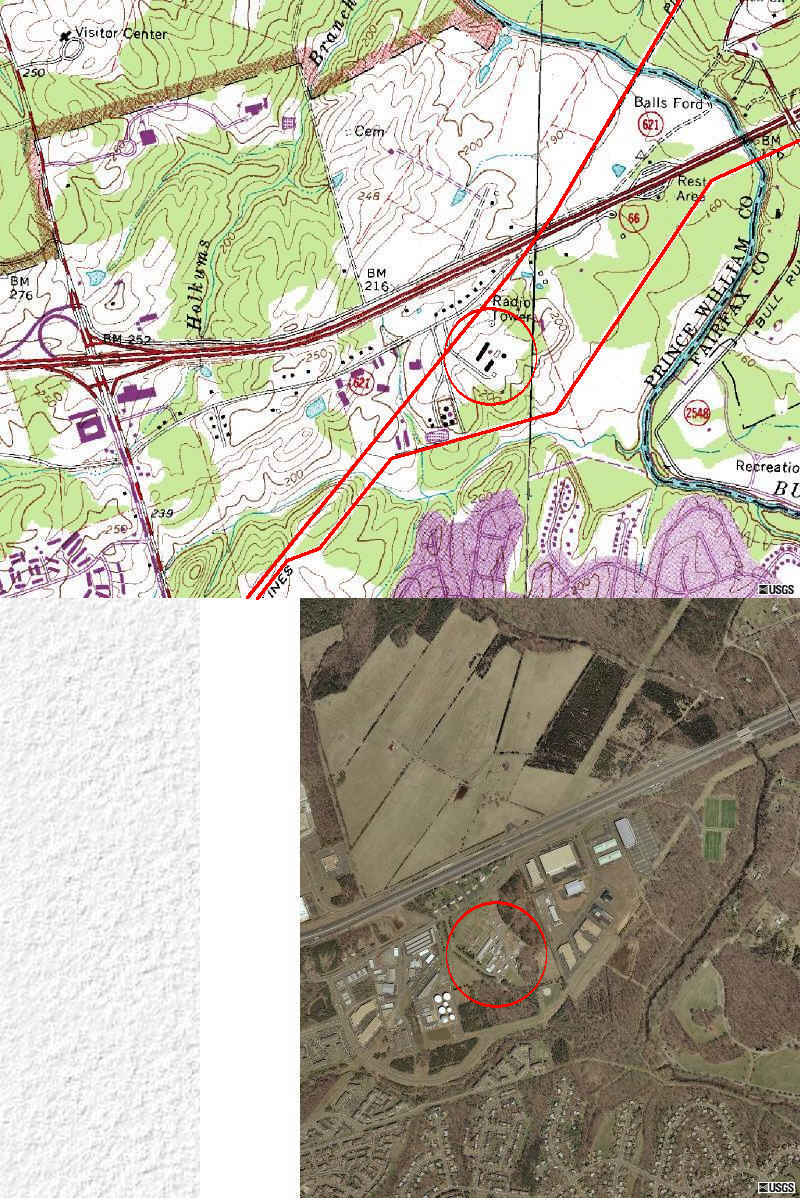 |
| Transco Natural Gas Compressor Station No. 185, near Manassas, VA. |
 |
| Underground Natural Gas Storage Area, Westmore, MD. |
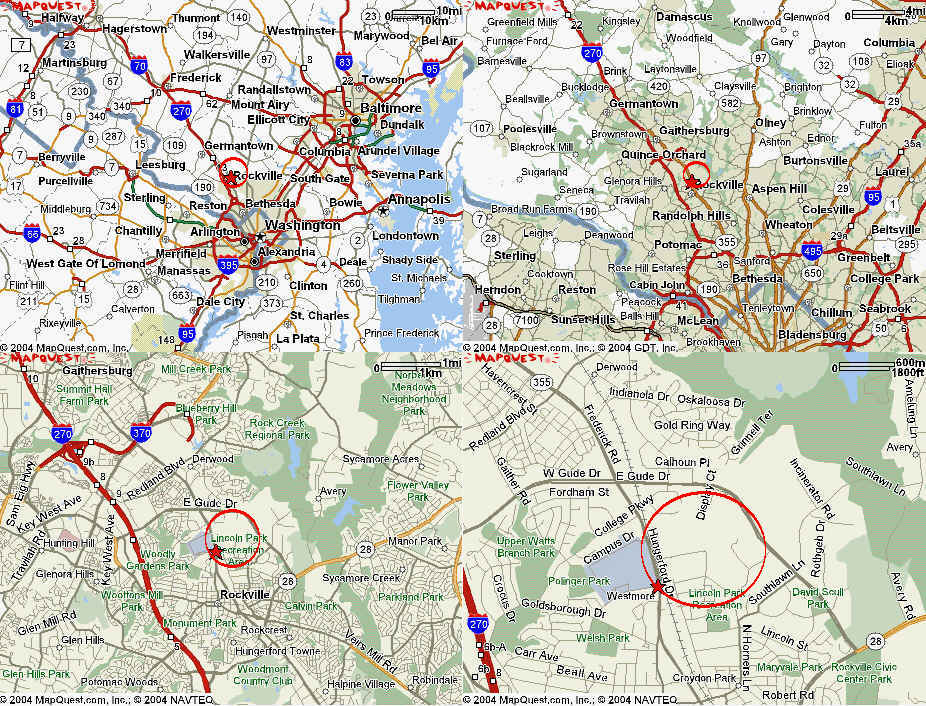 |
| Underground Natural Gas Storage Area, Westmore, MD. |
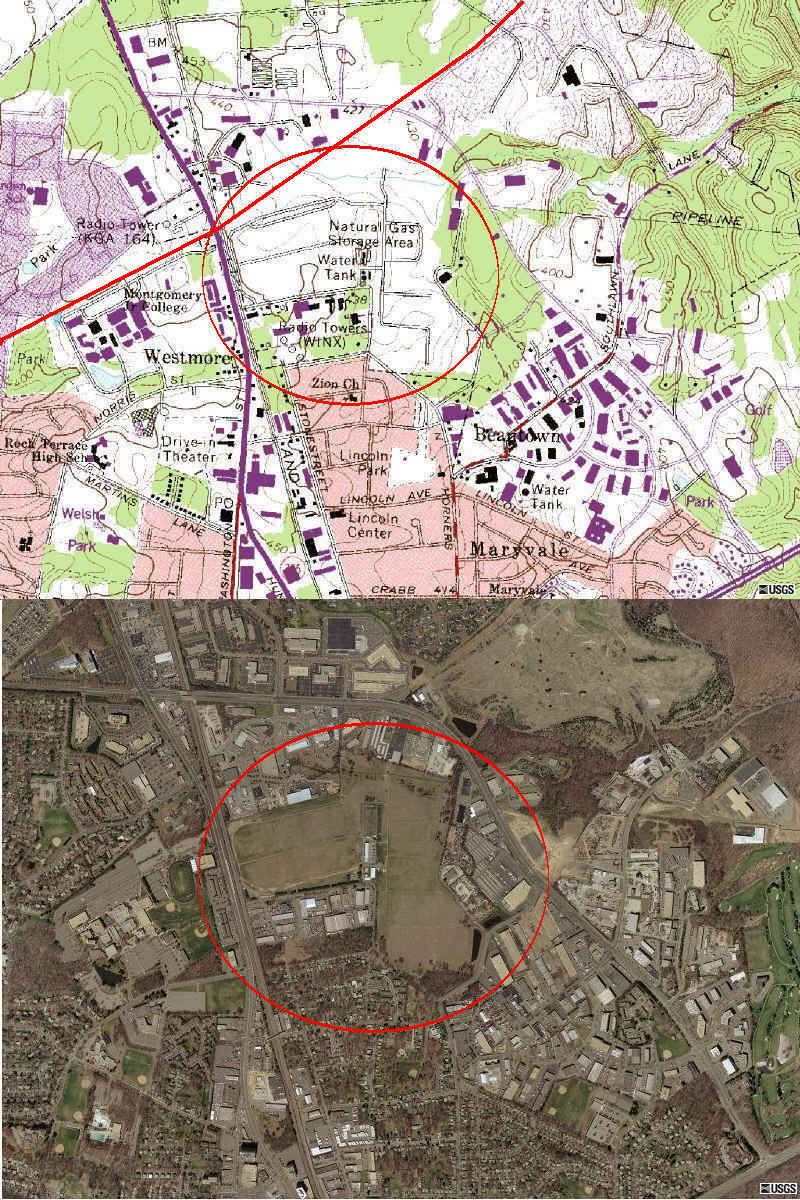 |
| Underground Natural Gas Storage Area, Westmore, MD. |
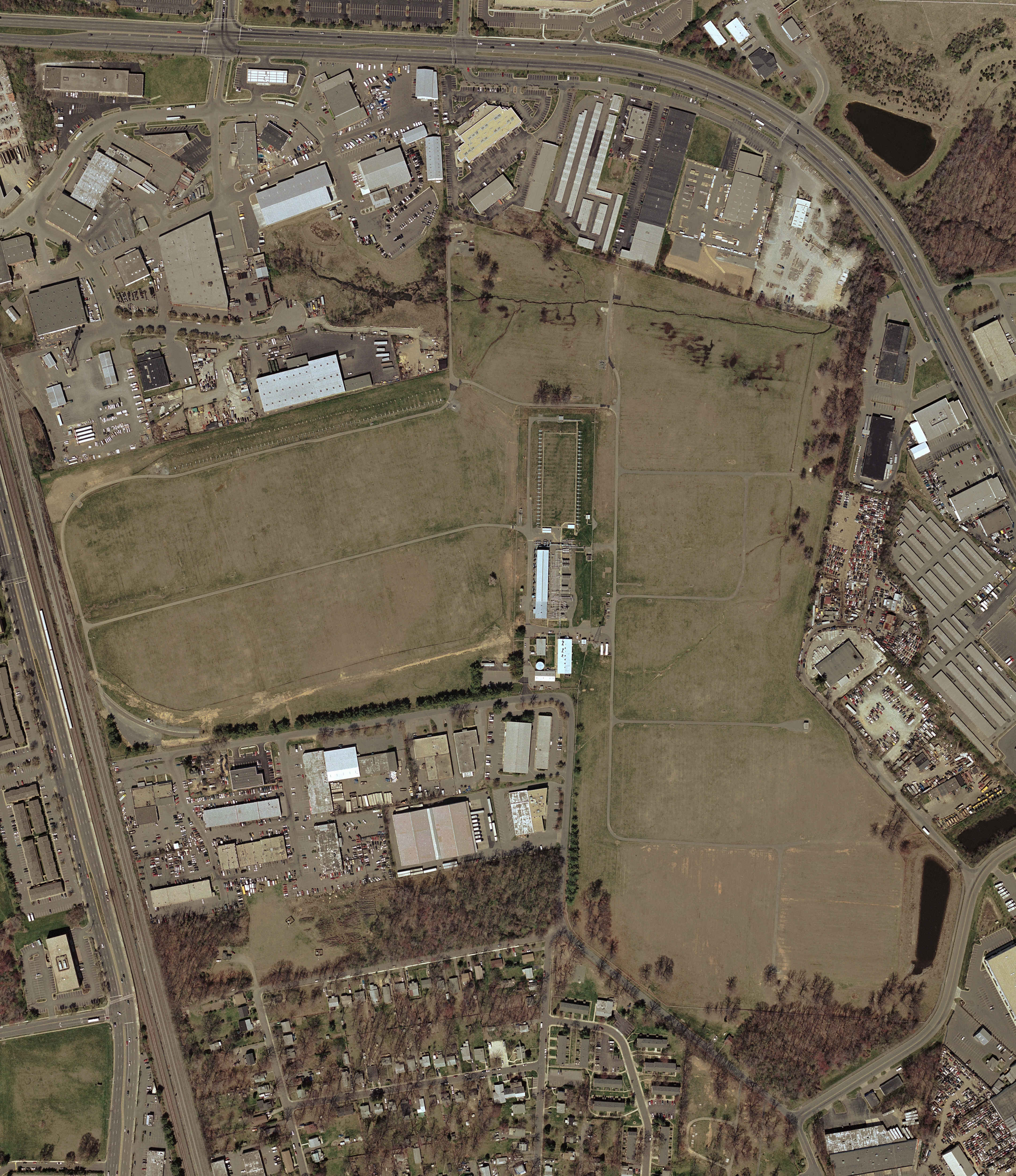 |
| Westmore Looking North Bridseye Source: Local.live.com
|
| Westmore Looking West
|
| Transco Natural Gas Compressor Station No. 190, near Columbia, MD. 23,750 HP in 1982. |
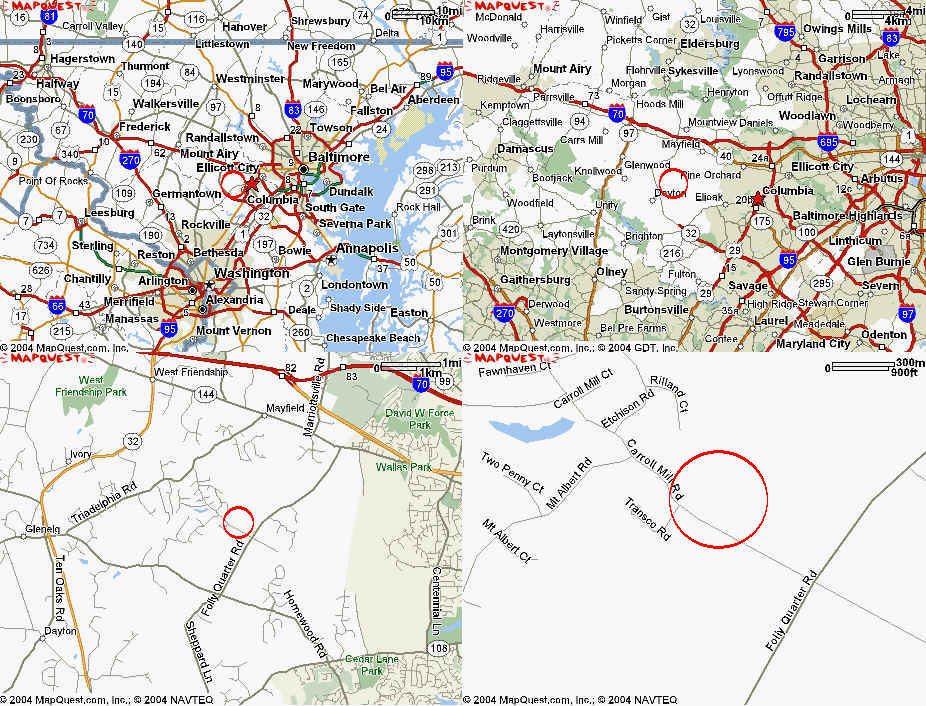 |
| Transco Natural Gas Compressor Station No. 190, near Columbia, MD. |
| Source: Local.live.com
|
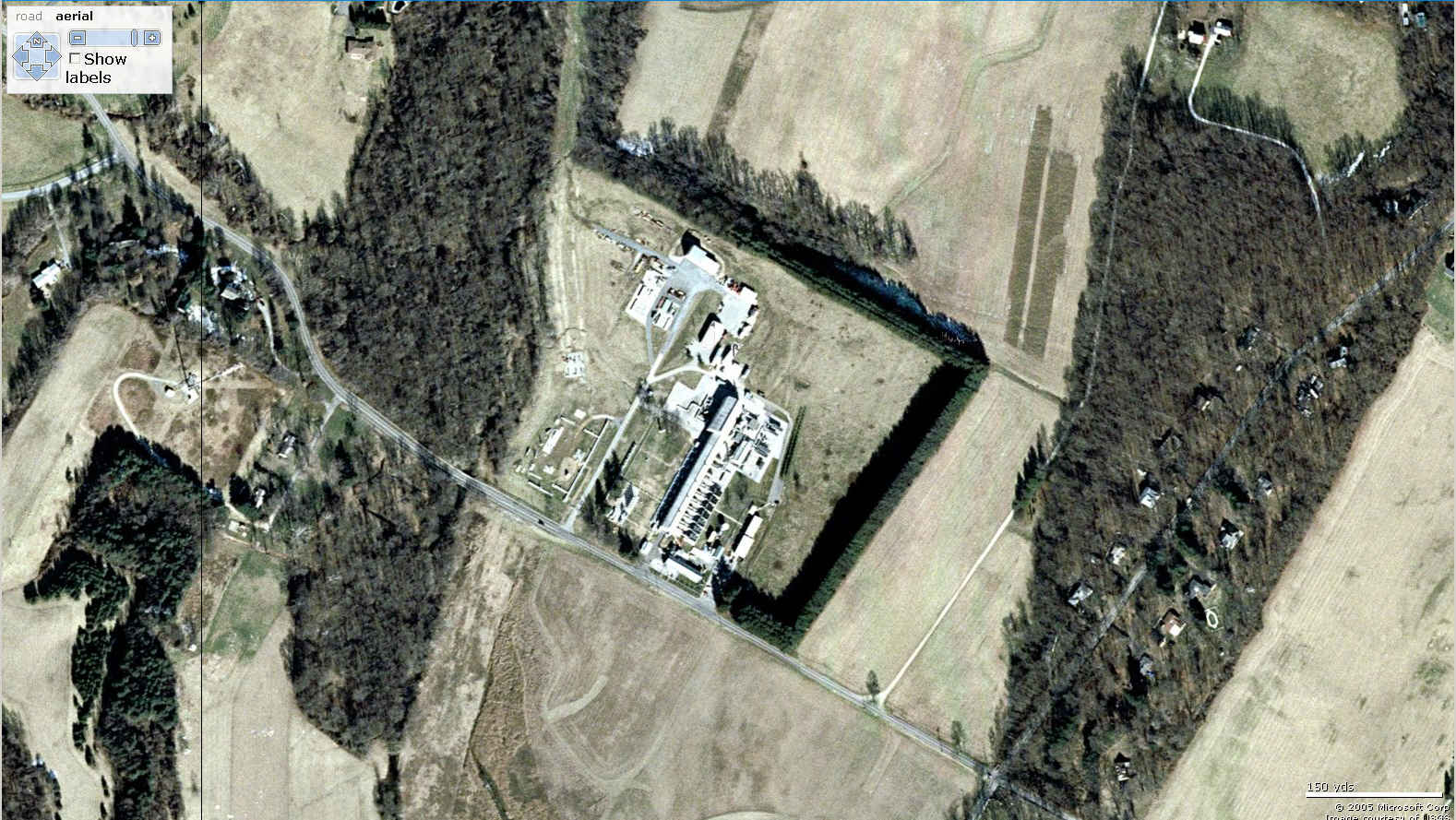 |
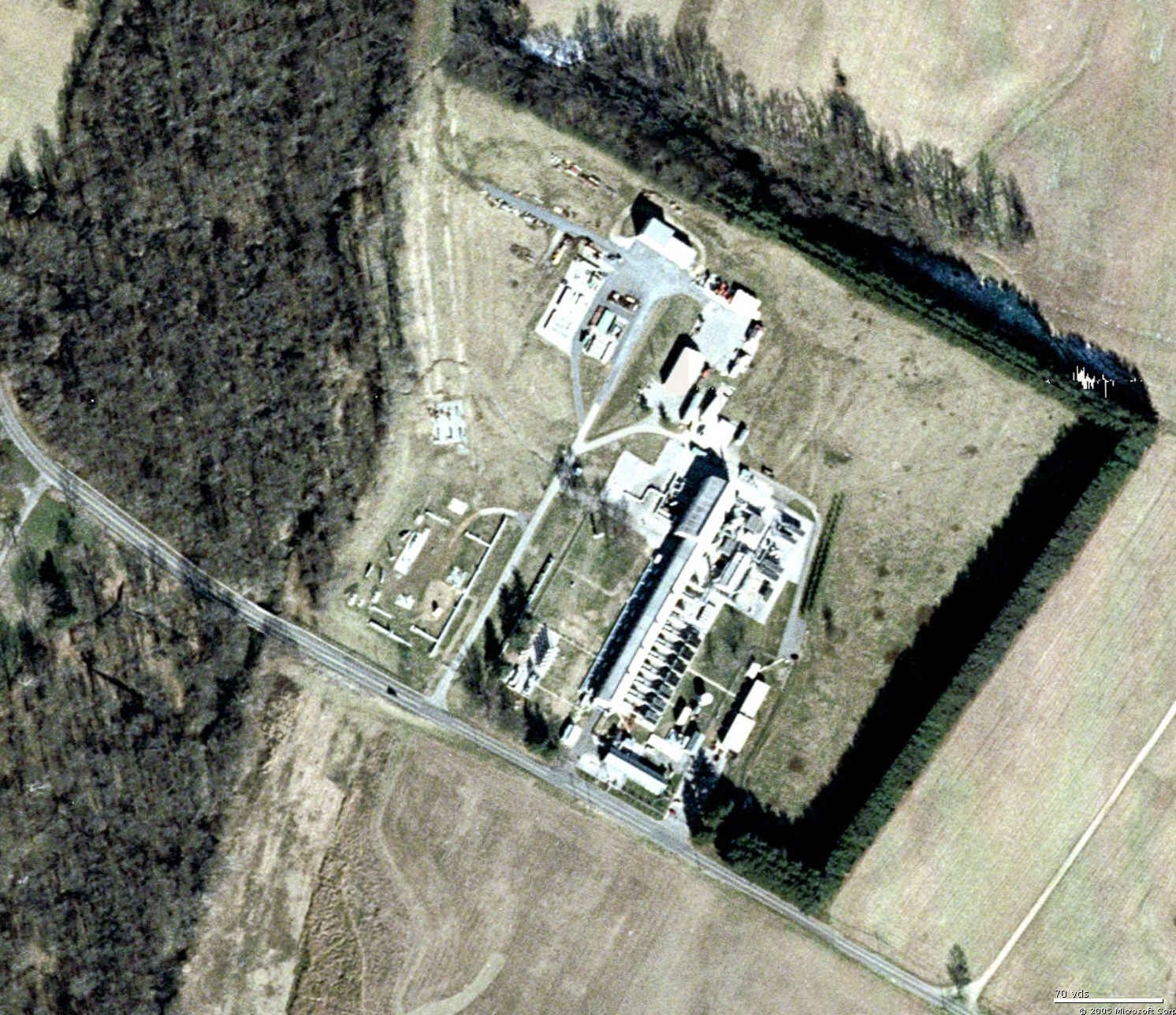 |
| Transco Antenna West of the Compressor Station.
|
| Loudon Station, VA. 9,765 HP in 1982. |
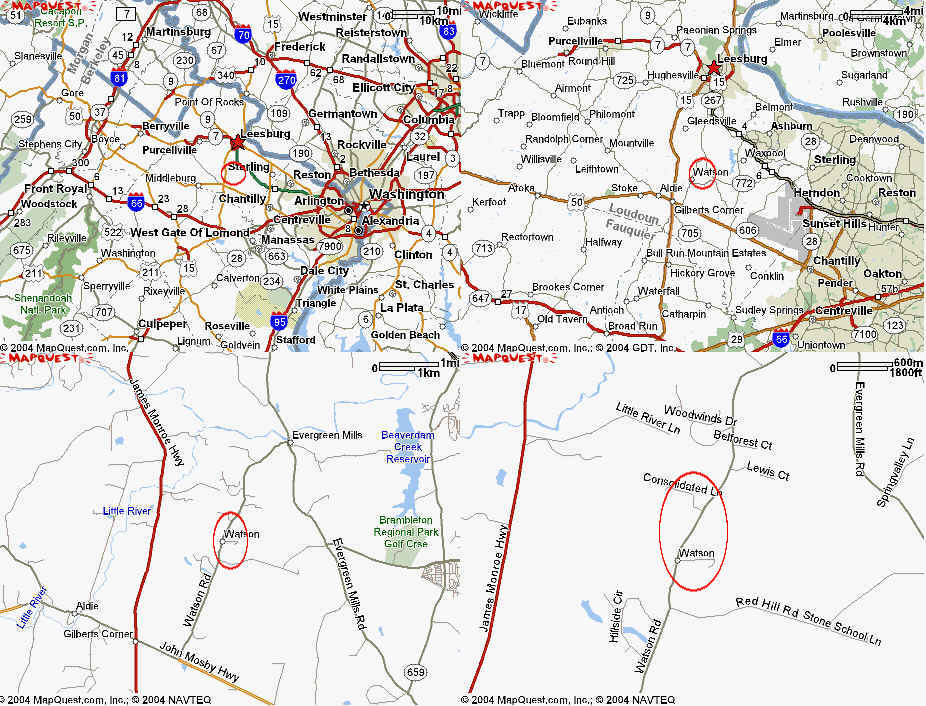 |
| Loudon Station, VA. |
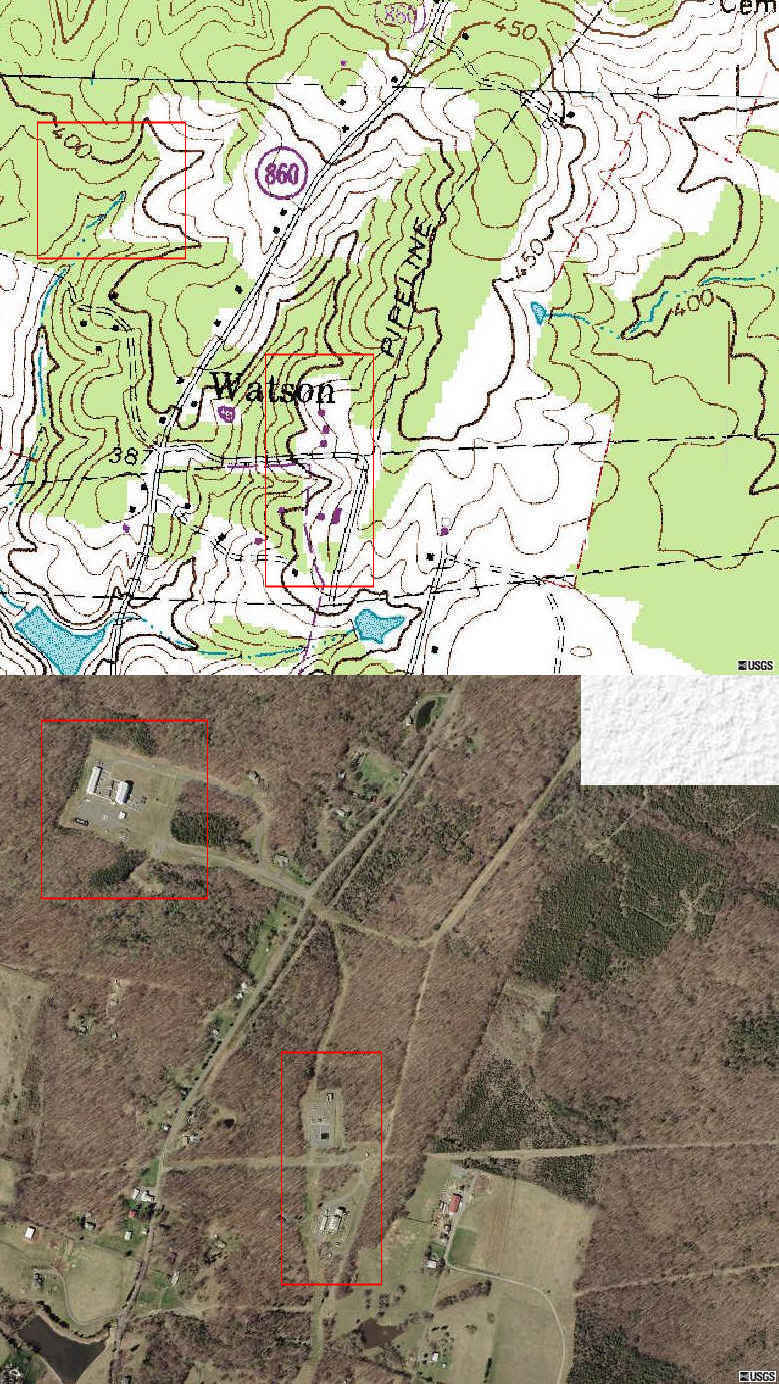 |
| Loudon Station, VA. |
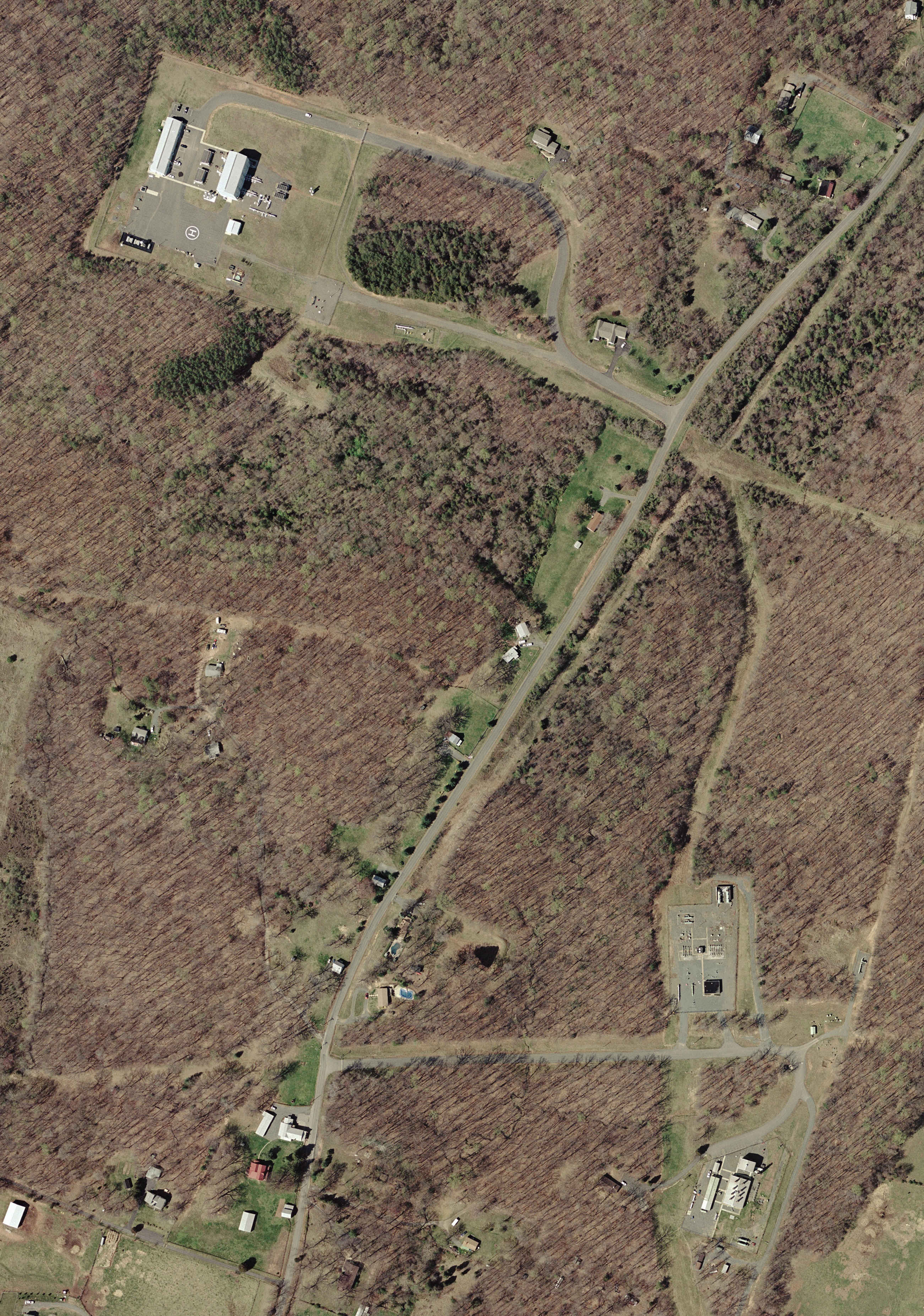 |
| Chillum Station, MD. 5,620 HP in 1982. |
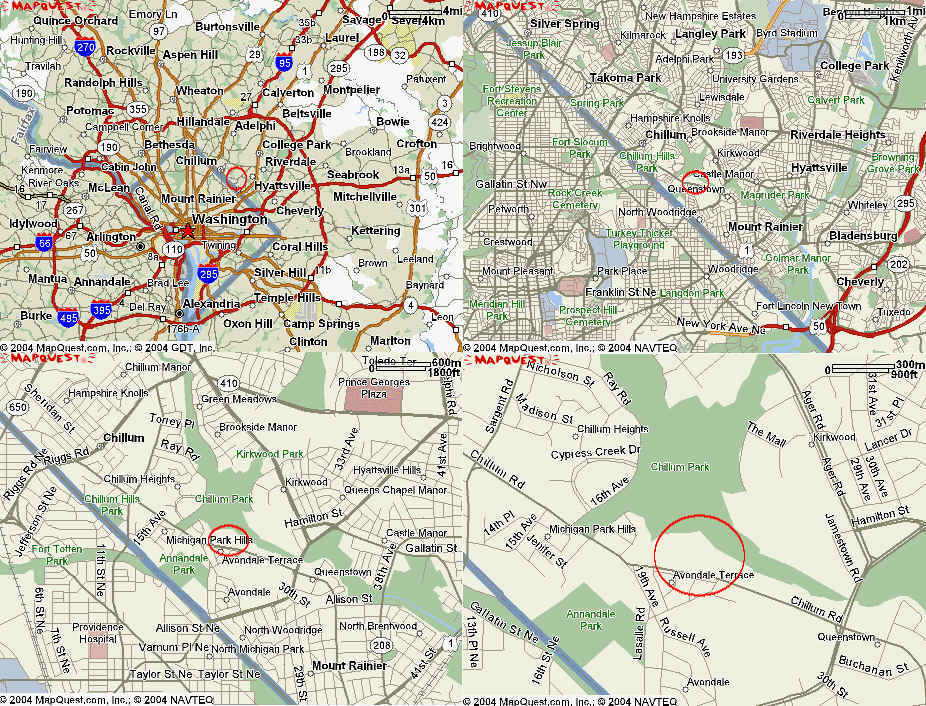 |
| Chillum Station, MD. |
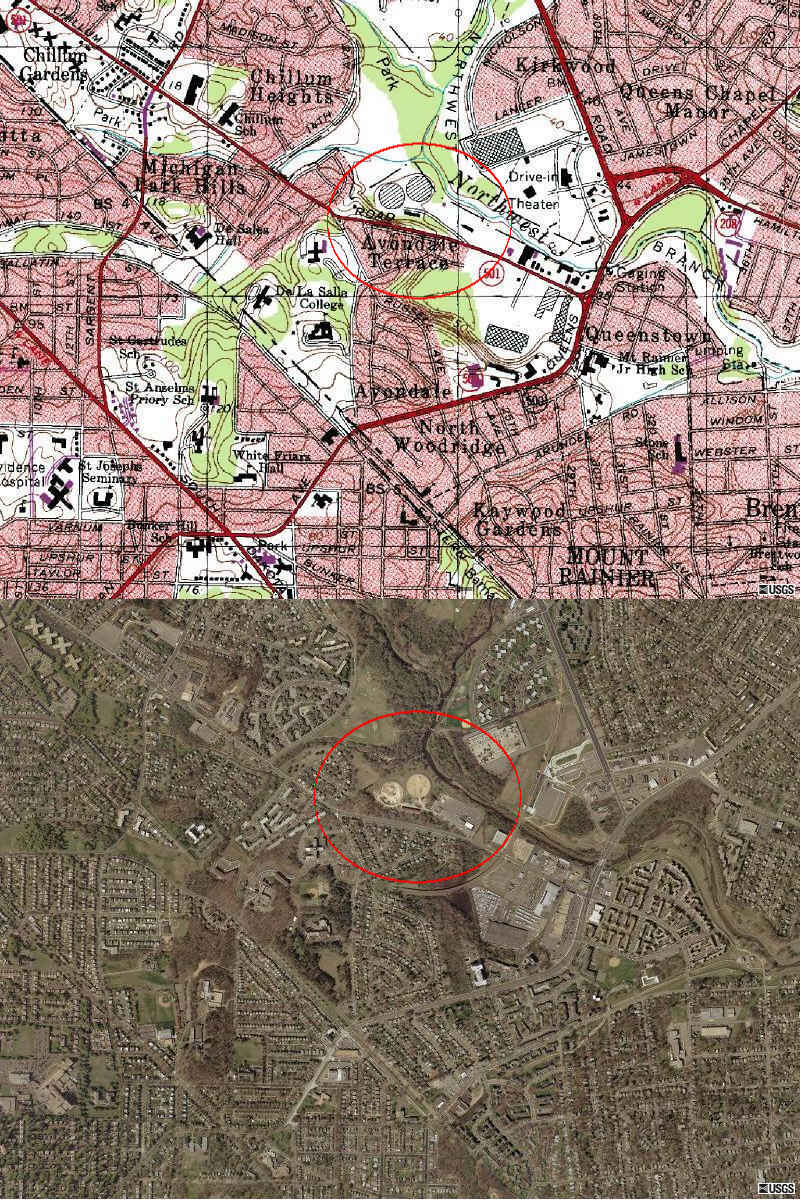 |
| Chillum Station, MD. |
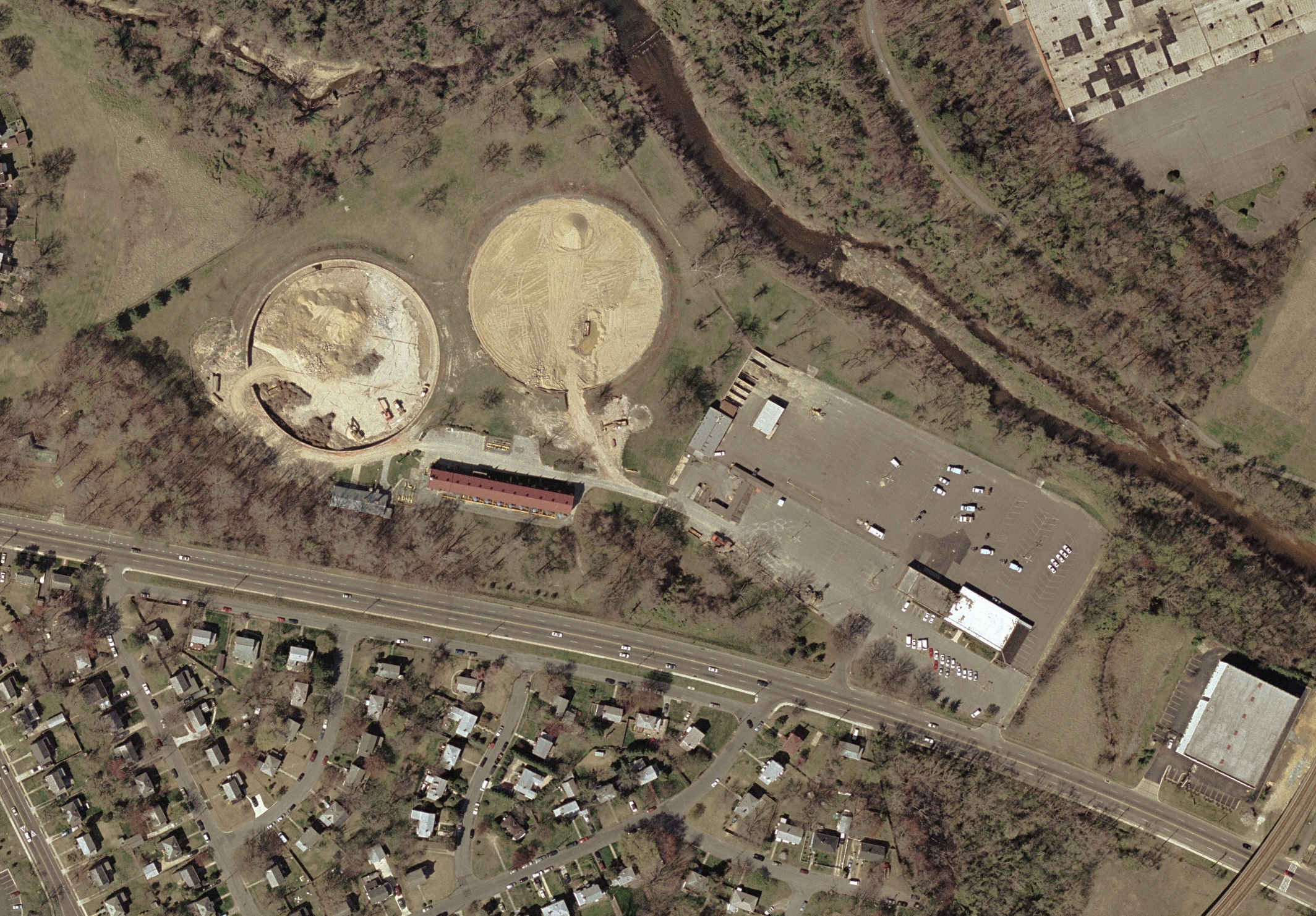 |
| Chillum Looking North Birdseye Source: Local.live.com
|
| Chillum Looking South
|
| Eastern Station, MD. 9,340 HP in 1982. |
 |
| Eastern Station, MD. |
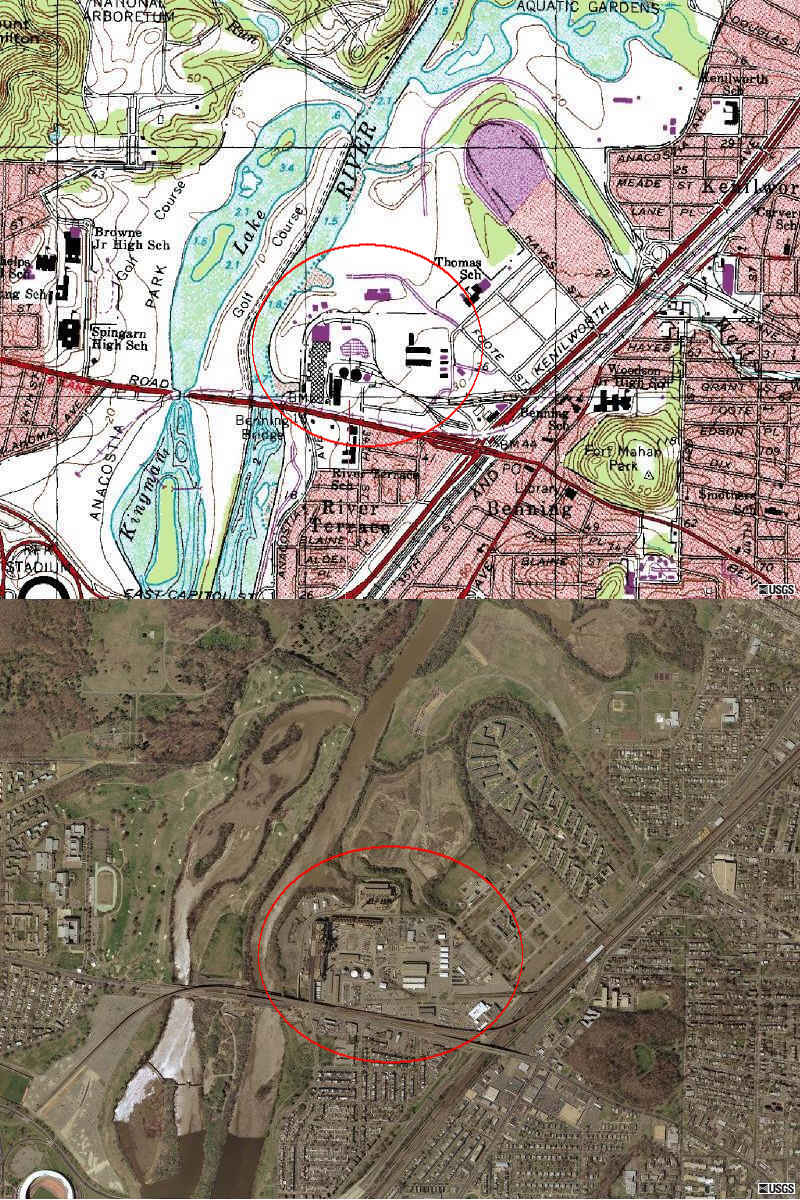 |
| Eastern Station, MD. |
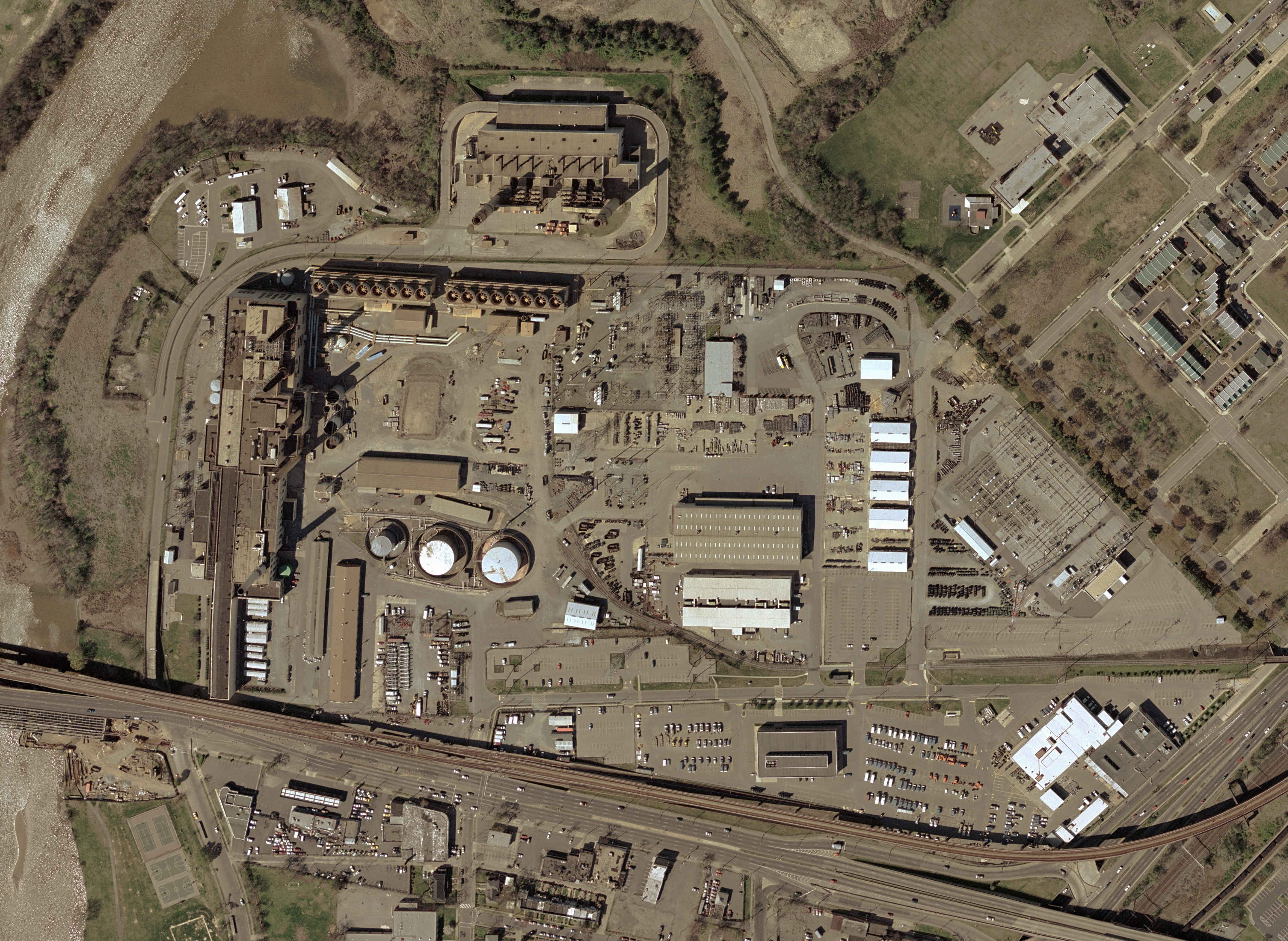 |
| Eastern Looking East Birdseye Source: Local.live.com
|
| Eastern Looking South
|